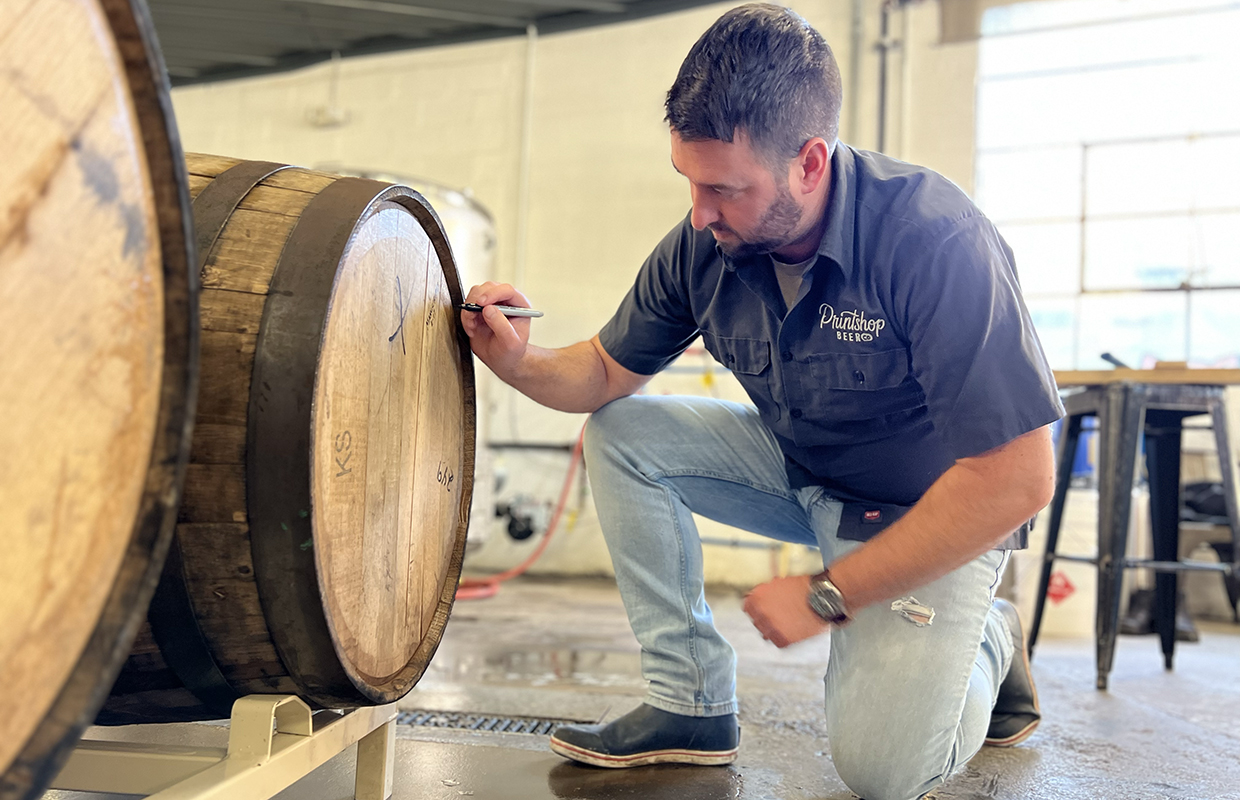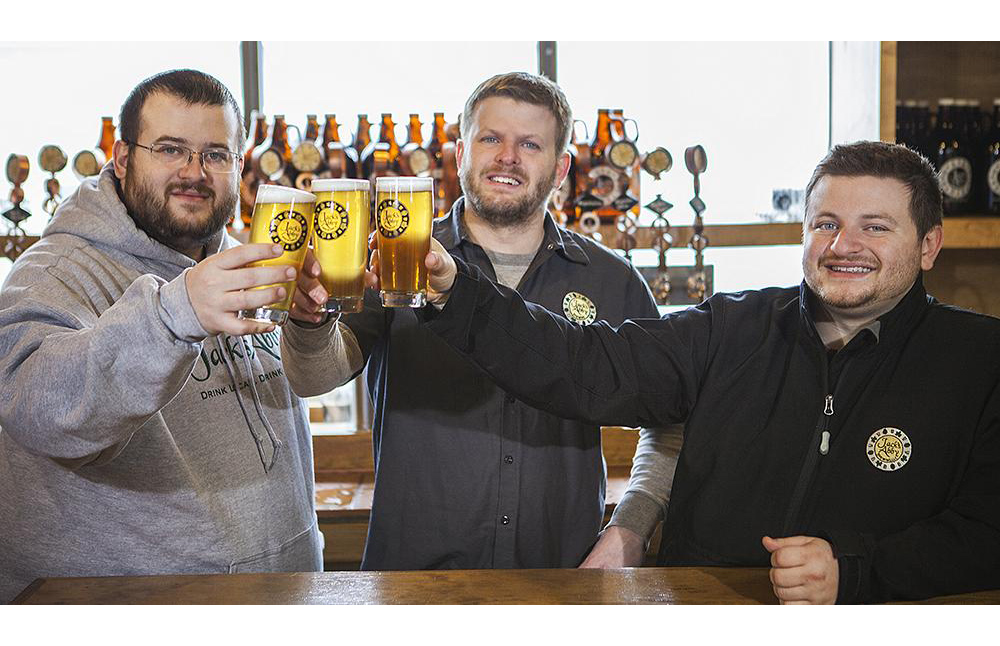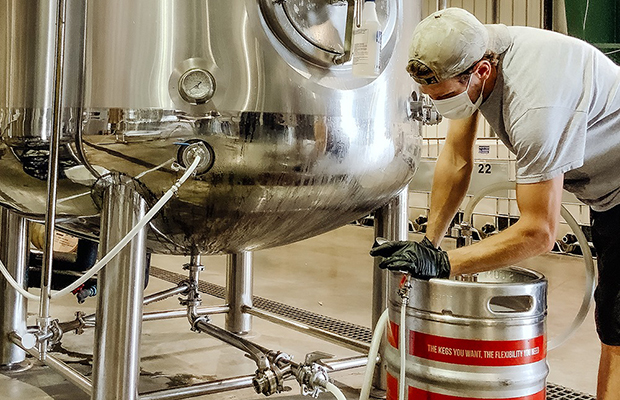
This is a part of a continuing series of Q&As with members of the brewing community from across the US. Brewer Magazine will share business and personal insights from Brewmasters, Head Brewers, Brewing Managers, Sales Directors, QCQA Managers and others each weekend to help you get to know each other better in the industry and learn more to better develop your own brand.
Jim Civis, Co-Founder/Director of Operations, Printshop Beer Co. — Knoxville, Tennessee
BREWER: What do you feel have been new challenges in your position that have helped push you and make you better at your job?
CIVIS: What’s been most challenging over the past few years is aligning production to sales. Most of our historical sales figures haven’t been useful in planning how much beer we’ll need in any given month because of changes in customer behavior during and coming out of COVID times. Throw in raw material shortages and freight delays, and it’s felt like we’ve been fighting at times to even be able to brew. I’ve had to get better about recognizing what we can control, finding alternative suppliers to replace those we’ve found to be unreliable, and being flexible about production timelines. We essentially do our best to be prepared but understand that there are times when we’ll need to adjust on the fly.
BREWER: Why did you enter the craft beer industry and what makes you love being a part of it and staying in it?
CIVIS: I love that the craft beer industry offers an outlet for creativity while also providing a tangible sense of accomplishment at the end of the day, when the beer is actually in the tank, dry hopped, or kegged. And catching up with friends and meeting new people over a beer is always a great way to end the workday.
BREWER: What are some recent trends in brewing that you’ve tried or are excited about trying?
CIVIS: Drinking local. At Printshop, we focus on what we do best — brewing a range of styles for the taproom while distributing only a few core brands — so the current style trends aren’t really what we’re about. That’s not to say that we don’t like to experiment, but we tend to do it on the ingredient side, especially with locally-sourced grain. A lot of our malt comes from Riverbend Malt House in Asheville because they offer Tennessee-grown grain in addition to regional heirloom varieties that provide unique flavor profiles. It’s always fun to see what small batches they have available and think of what styles the malt will enhance. And when I travel, I want to drink the local beer. At times it’s from one of established breweries in the area. But it’s usually beer from smaller breweries that do some creative things with local ingredients.
BREWER: What was your business’s greatest accomplishment during the past year, and what are your goals for your brewery this year?
CIVIS: With the disruptions we’ve all experienced over the last few years, it feels like we’re still in the young company phase, when keeping the doors open is always the main goal. I’m currently working on our first expansion, with additional tanks and some canning capacity coming down the line later this year.
BREWER: What are some changes in the industry that you’ve observed in the past few years, and how has your business adapted to stay competitive?
CIVIS: So much has changed since we opened in 2018, but it feels like the industry has gotten more homogenous, with everyone brewing hazies, fruited sours, and big stouts with the same ingredients and flavor profiles. We also brew these styles for the taproom, but our priority is on styles less represented in the market. We started out distributing all the beers we carried in the taproom, but we’ve limited our distribution portfolio over the last couple years to the core brands we opened with — the Hop Pusher West Coast IPA, Hand Crank Pale Ale, and Baker Creek Brown Ale — and a few seasonals. These beers are a bit more old school and offer decent margins at the prices we need to charge to compete against larger breweries, so they’re viable financially. We also do best at non-chain restaurants that focus on using local ingredients, so our beers align with their ethos. While we brew on-trend styles for the taproom, our best sellers in the taproom each month include our core beers with a Hazy IPA and a sour or two.




Be the first to comment